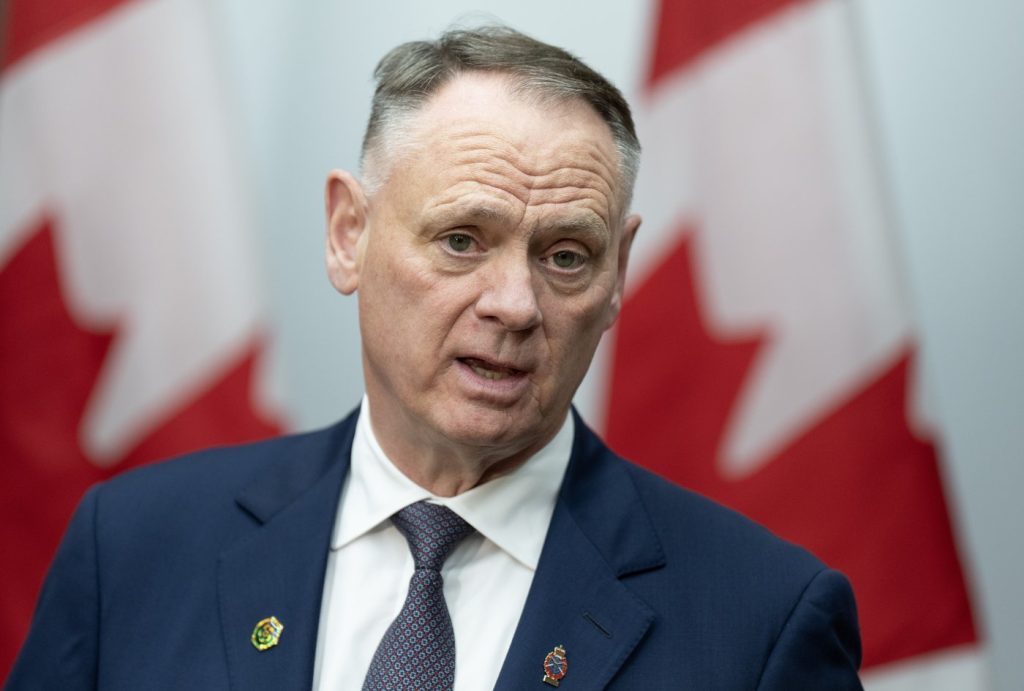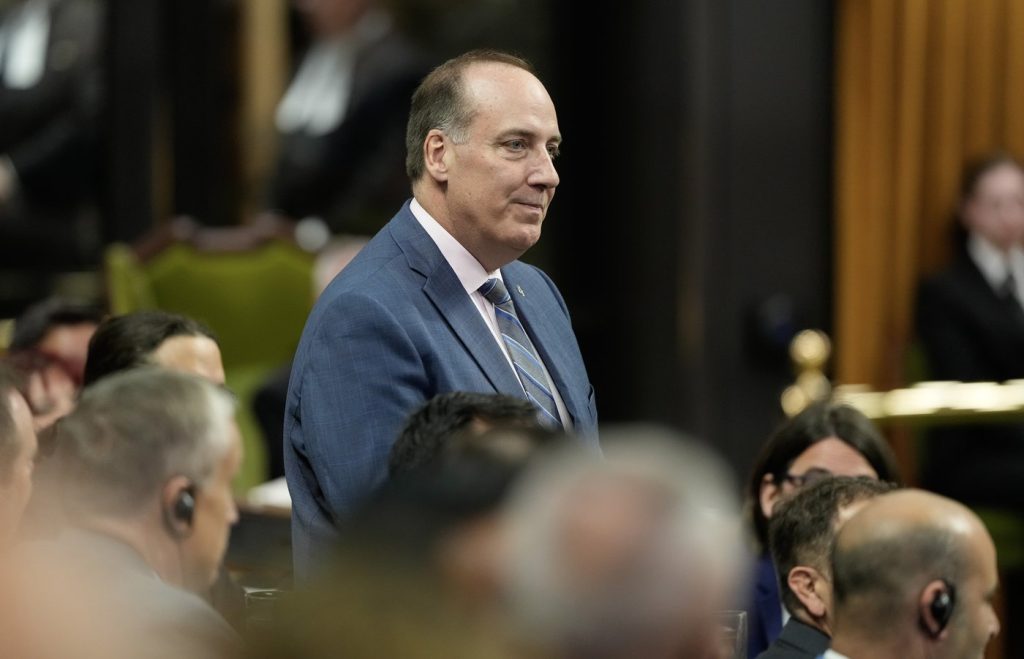OTTAWA — Defence Minister David McGuinty has officially signed a defence co-operation agreement with the Philippines during the final day of his visit aimed at strengthening defence relations between the two nations. This agreement is designed to enhance collaboration between the Canadian Armed Forces and their Philippine counterparts, providing opportunities for joint operations and exercises in each other's territories.
In a statement released by National Defence, McGuinty emphasized Canada's acknowledgment of the Philippines' vital role in Southeast Asia and reiterated Canada's commitment to deepening defence and security co-operation to promote regional stability and shared prosperity. McGuinty's visit took place from October 31 to November 2, leading up to the signing of this agreement, which builds upon an earlier memorandum focusing on military education, training, and capacity building.
The Philippines is regarded as one of Canada’s most significant defence partners within the Indo-Pacific region. The release noted the nation’s democratic governance and its critical role in upholding international law. Earlier in the same week, Prime Minister Mark Carney had signed a separate defence and security partnership with South Korea.
Fen Hampson, a professor of international affairs at Carleton University, remarked on the broader trend of strengthening economic and security relationships Canada is pursuing with key nations in the Indo-Pacific region. Hampson pointed out that the Canadian leadership understands the dual importance of security and economic relations, framing them as two sides of the same coin.
In addition to this defence agreement, Canada is initiating free-trade negotiations with the Philippines. Hampson suggested that these efforts form part of a larger strategy to counterbalance China’s influence throughout the Indo-Pacific. Notably, both Canada and the Philippines have openly criticized China’s increasingly aggressive actions in the disputed South China Sea, which serves as a critical trade route. Despite a 2016 arbitration ruling that nullified China's extensive claims based on a 1982 U.N. convention, Beijing has continued to assert its dominance in the region.
To enforce its stance, China has employed harsh measures, such as using water cannons and engaging in dangerous maneuvers against Philippine vessels. In response to these developments, Canada and several other Western nations have been enhancing their military presence in the Indo-Pacific, advocating for the rule of law while working to expand trade and investment opportunities in this pivotal region.
During the same week, Prime Minister Carney met with Chinese President Xi Jinping at the Asia Pacific Economic Cooperation (APEC) forum in Gyeongju, South Korea—a meeting that marked the first formal engagement between the two leaders since 2017. Both leaders viewed this encounter as a potentially significant turning point in their nations' relationship, with Carney acknowledging China as "the rising economic power." He outlined Canada’s strategy to cooperate where interests align while also safeguarding Canadian interests in the face of challenges.
Hampson characterized Canada’s future relationship with China as one that would straddle being both competitive and cooperative. He indicated that collaboration could occur in sectors benefiting both countries, such as increased energy exports from Canada to China.
On the topic of the agreement with the Philippines, Hampson noted that while it represents a positive initial step, achieving a meaningful and enduring relationship will require further strengthening of Canada's military capabilities. He anticipated that the announcement of increased defence spending would be included in the upcoming budget, which Carney's government is expected to present shortly. This budget is anticipated to show a significant increase in both defence and infrastructure investment to comply with Canada's commitment to NATO, which aims to elevate defence spending to five percent of GDP.
This strategic shift underscores Canada’s objective to adapt its defence posture in light of evolving international dynamics and reflects its commitment to maintaining stability and security in crucial regions.












